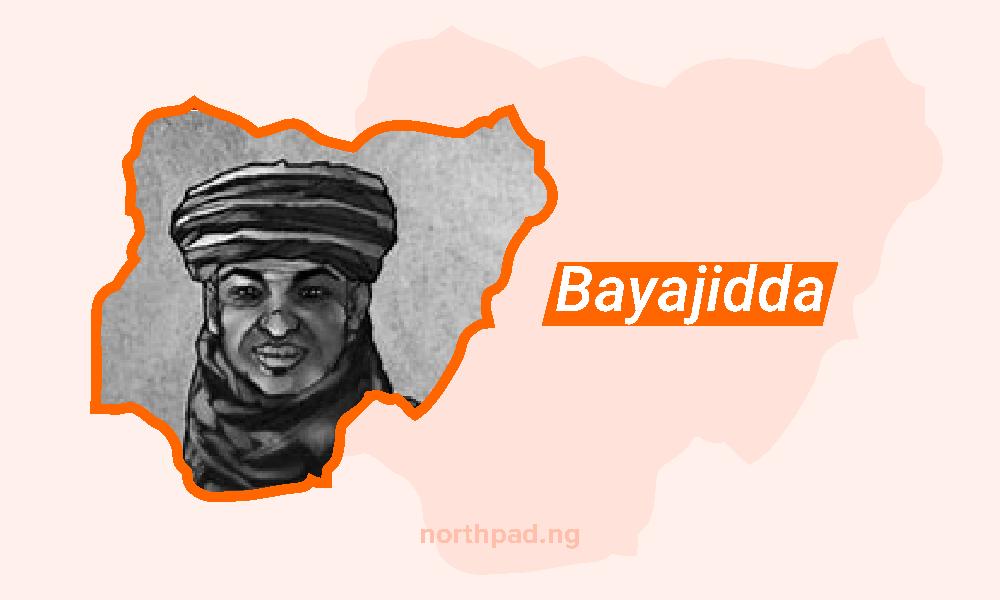Everyone must have heard the story of the legendary Queen Amina of Zazzau, and how she conquered cities and empires and ruled over men, how with ingenuity she ordered tall walls to be built around Zaria and how she was a fearless warrior. The list goes on about her greatness, the question on everyone’s mind rather remains how true is such a story, and is the story of Queen Amina, a myth fact, or a legend?
Brief History of Amina of Zazzau
Amina was born in 1533 to king Nikatau and queen Bakwa Turunku, rulers of the Hausa tribe of Zazzau in what is now located in Kaduna State, Nigeria. Amina was the oldest of 3 children of the royal bloodline. Her brother’s name was Karama and her sister was Zaria, whom the British colonial masters would later rename Zazzau in the twentieth century.
Amina is said to have been named heir apparent to the throne of Zazzau when she was only 16 years old. Bakwa, Zazzau’s twenty-second habe, was either Amina’s father or mother, according to historical traditions. Despite the fact that during her father’s reign, there was a reasonable level of peace and prosperity, the history of Amina and her predecessors is littered with military expeditions aimed at boosting trade.
At a very young age, Amina had shown a likeness to war and politics, and her grandfather had helped bolstered this passion she had. With her display of strength and military prowess, Amina was made leader of the warriors during her brother – Karam’s reign.
After the death of her beloved brother, Amina assumed the role of leadership in 1576, and the role came seamlessly to her. Within a short period of time, Amina had gathered over twenty thousand ready ground soldiers, and about a thousand on horse soldiers ready to explore neighboring towns and villages.
Amina never married as she was totally against the concept of subjecting herself to male dominance. And over her years of rulership, she had received several marriage proposals from men of affluence and class, and she rejected them all. Although, it is said that she took several lovers and killed them afterward.
Amina was killed in 1610 in a battle after a 34-year reign in the grips of power. Under her reign, she is said to have conquered several cities, towns, and villages, and the popular walls surrounding Zaria city are said to be a child of her ingenuity.
Myth, Legend, and Controversy
The spectacularity of Amina and her several conquests have spurred up debates amongst scholars and historians as to the authenticity of available information.
One of the generally accepted baselines regarding Amina is the fact that a personality similar to Amina did exist, but the point of argument arises as to the conquests and expeditions carried out by Amina. Also, another argument is that the Amina of Zazzau as described by historical books isn’t the same as the actual Amina that existed.
Many elements of her life are disputed by historians; however, the idea that she existed is widely accepted, and she is assumed to have been a Muslim ruler.
Much of what is known about Queen Amina comes from the Kano Chronicles, a Muhammed Bello, Sultan after Danfodio translation of pre-colonial African tradition based in part on unidentified Hausa manuscripts. Other information was gleaned from Nigerian oral traditions.
In this regard, Queen Amina’s name largely remains legendary in Hausaland and beyond. Her military prowess and fight performance were boosted by legend, and the extent of her military prowess and war performance remains largely unknown.
Inconsistency in Historical Texts
Some of the controversies associated with Queen Amina of Zazzau are closely related to the fact that Queen Amina described by the Kano Chronicles, isn’t the same as that in Infakul Maisuri – a book from Kano said to be written by Muhammadu Bello, son of Usman Fodio. Also adding to the fact that asides from these two sources, there is no third source that carries a similar story of Queen Amina, no contemporary source has documented such a figure, written or otherwise.
The Name Factor
Another argument is the fact that Queen Amina’s name, during the time she is said to have lived wasn’t a Muslim name at that point, looking at the pattern of her name compared to that of her siblings and parents.
A Case of Mistaken Identity?
Lady Flora Shaw, the wife of Lord Lugard -overseer of colonial Nigeria, wrote that the people of Middle belt Nigeria used to worship a fertility Goddess known as ‘Queen of Al Mina’, a name Hausa Chroniclers ignorantly changed to Queen Amina. A well-known story of Kisra, the Nupe King of Zozo, and how it was hijacked by the Hausa storytellers.
Dispute by Leading Scholars
Acclaimed historians such as Professor Abdullahi Smith and Professor Murray Last have all discarded the credence to any premise that such a personality had ever existed in Zazzau.
Conclusion
To date, historians have all presented and are still presenting their proofs on the fact that an important personality like Queen Amina had ever lived or not, or to what extent the assumed reality on her actual accomplishments was.
People all over the world like to believe in myths and legends, they give people a sense of purpose and belonging to the world.
If a personality like Amina could have ruled what was a male-dominated society in the fifteenth to the sixteenth century, it gives the womenfolk hope as to the endless possibilities the world could unleash for them.
A myth or not, until there is an unchallengeable proof of the fact that she did not exist, it is okay for people to hold on to their acclaimed heroes as she is believed to be one of the female heroes who helped shaped Nigeria.









0 Comments